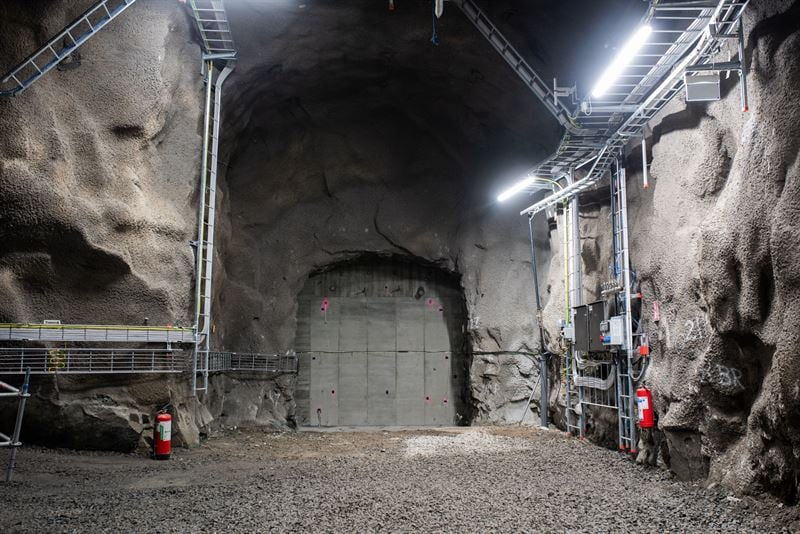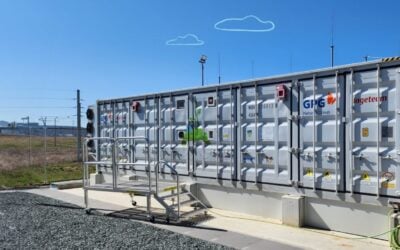
Swedish state-owned energy company Vattenfall has commissioned a green hydrogen storage pilot facility within a 100GWh capacity cavern.
The HYBRIT facility in Luleå, north Sweden, is a collaboration between Vattenfall, steel company SSAB and iron ore producer LKAB.
Enjoy 12 months of exclusive analysis
- Regular insight and analysis of the industry’s biggest developments
- In-depth interviews with the industry’s leading figures
- Annual digital subscription to the PV Tech Power journal
- Discounts on Solar Media’s portfolio of events, in-person and virtual
It was inaugurated in June and, following initial pressure tests, has now been filled with hydrogen gas up to a maximum operating pressure of 250 bar. A two-year test period has now started and will continue until 2024.
The technology will eventually go towards SSAB sponge iron production operations, but the announcement’s wording indicates the next two years is mainly just testing the hydrogen storage capabilities. Sponge iron is produced by reducing iron ore into iron using a reducing gas or elemental carbon, and is used in the production of steel.
The technology will be used on an industrial-scale for sponge iron production at SSAB’s facility in Gällivare, a few hours north of Luleå, within the next four years, Vattenfall said.
The pilot facility is 100 cubic metres in size and could be expanded to 100,000 to 120,000 cubic metres. This would equate to 100GWh of energy storage in green hydrogen form, which a press release said was enough to supply a full-size sponge iron factory for three to four days.
Lars Ydreskog, director of strategic projects at LKAB, said: “Hydrogen gas and its storage are central to our transition. In just four years, HYBRIT technology will be used for the production of fossil-free sponge iron on a large scale at a first demonstration facility in Gällivare. LKAB will become one of Europe’s biggest hydrogen producers, and this pilot project will provide valuable knowledge for the continuing work on creating the world’s first fossil-free value chain for the iron and steel industry.”
Vattenfall said the pilot facility in Luleå is the first in the world to test the technology with repeated filling and emptying of hydrogen gas.
Other large cavern facilities for storing green hydrogen which are in development include ACES Delta in Utah, US, and the HyStock project in the Netherlands. ACES has a total storage capacity of 300GWh and is expected to come online in stages starting in 2025, while the 26 million kg-capacity HyStock is expected online the following year. ACES will supply gas to a combined cycle power plant while HyStock’s developers have been vague on its use cases.
The main use case for green hydrogen technology at scale is as a feedstock for various industrial processes to help them decarbonise, followed by replacing fossil fuel in transportation and the finally blending with natural gas for conventional gas power plants.
Storing green hydrogen for conversion back to electricity – power-to-X-to-power – has a round-trip efficiency too low to be economical for now, most industry observers say.






